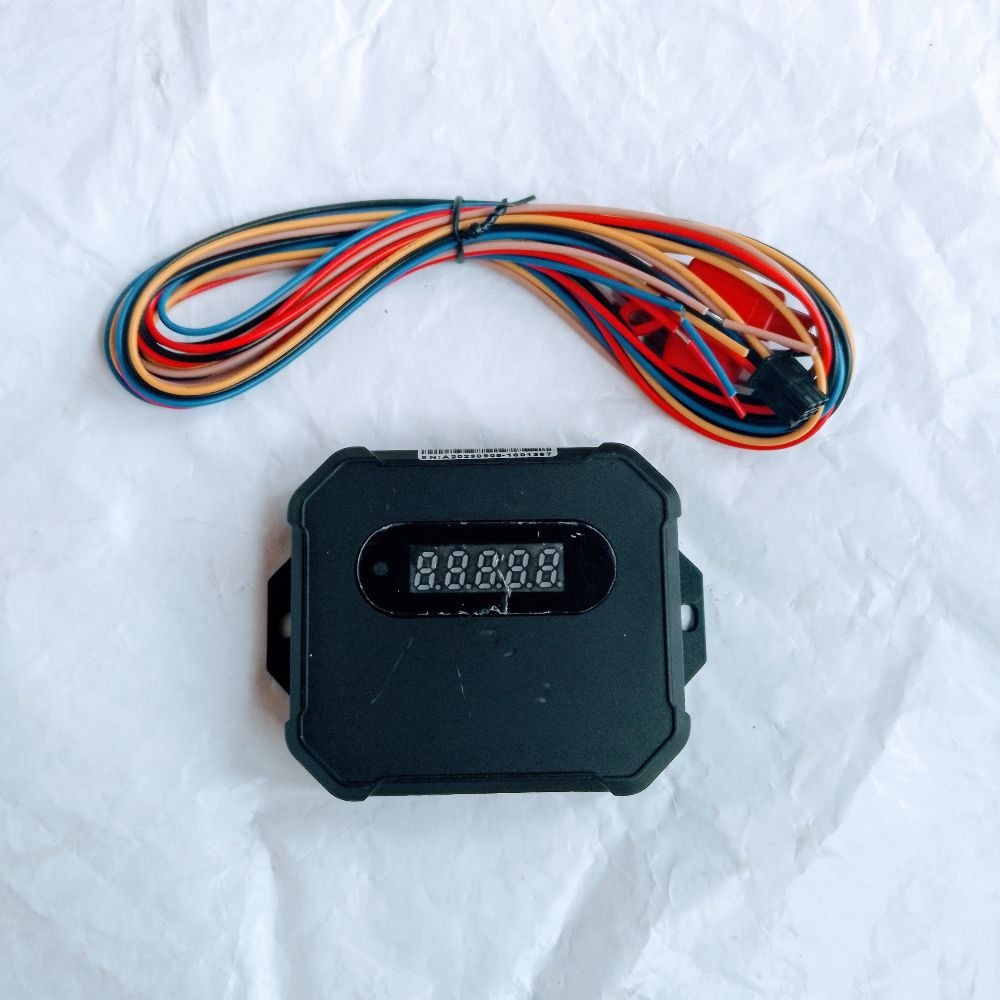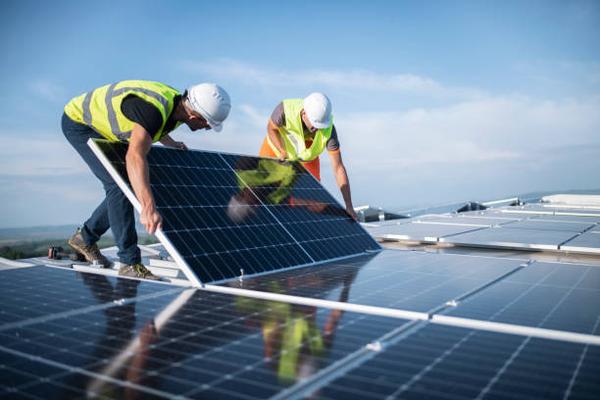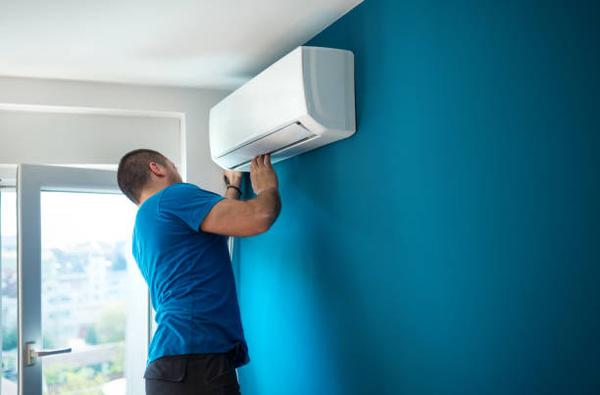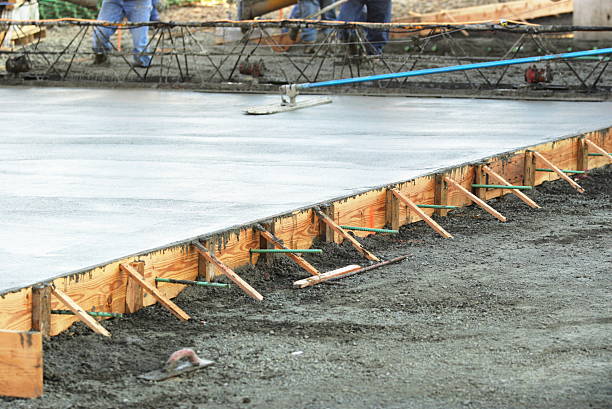From CBD to Expressways Dual Speed Limiters Explained

Controlling how fast a vehicle moves isn’t just about safety—it’s also about responsibility, regulation, and adapting to different driving environments. If you’ve ever wondered how a vehicle can follow one speed limit in the busy city and another on the expressway, there’s a smart technology behind it: dual speed limiters.
These systems are becoming more common, especially in places like Singapore, where traffic conditions change drastically between the Central Business District (CBD) and outer expressways. For a detailed overview of how dual speed limiter systems are transforming vehicle control in Singapore, this guide covers everything you need to know—from how they work to why they matter.
What is a Dual Speed Limiter?
A dual speed limiter is a vehicle system designed to automatically control the top speed based on location. Instead of using one static speed setting, it allows for two different preset limits—for example, one for city driving and another for expressway cruising.
It’s a clever combination of technologies: GPS, onboard sensors, and vehicle telematics. The limiter communicates with the vehicle’s Electronic Control Unit (ECU) and adjusts engine output to prevent speeding, depending on where you are. In CBDs where traffic is dense and pedestrian activity is high, it might limit speed to 50 km/h. On expressways, it could increase that cap to 80 or 90 km/h.
Unlike traditional speed governors, dual systems offer location-sensitive control. That’s a game-changer for urban mobility.
How It Works: CBD vs Expressway Mode
The secret behind this tech is geofencing. A virtual boundary is set using GPS coordinates—when your vehicle enters a specific zone like the CBD, the system switches to the lower speed limit. Leave that zone and head onto an expressway, and the limiter adapts again, letting you drive faster within legal limits.
The switch is seamless. There’s no need for driver input. It happens in real time, controlled entirely by software and satellite data. These systems rely on precision mapping and real-time location tracking to ensure compliance without annoying interruptions.
This is especially useful in areas with strict traffic enforcement policies or where smart city tech is being adopted.
Benefits of Dual Speed Limiter Systems
There’s more to these systems than just avoiding speeding tickets. Here’s why they’re valuable:
- Improved Road Safety: Slower speeds in pedestrian-heavy areas reduce the chances of accidents.
- Fuel Efficiency: Vehicles consume less fuel when they operate within optimized speed zones.
- Fleet Compliance: For companies managing delivery vans or ride-sharing vehicles, speed regulation ensures drivers stay within company policy and government rules.
- Less Vehicle Wear: Reduced speeding means fewer hard stops and aggressive driving habits.
- Telematics Integration: Many systems offer reporting features for fleet managers, using data from vehicle tracking platforms.
Legal Framework and Government Regulations
In Singapore, the Land Transport Authority (LTA) has begun enforcing stricter regulations on vehicle speeds, particularly for commercial vehicles and heavy-duty trucks.
New LTA guidelines support the use of dual speed limiter systems, especially in public and private fleets. Operators who fail to comply may face penalties, including fines or vehicle suspension.
Installing a limiter is more than a smart move—it’s becoming a legal necessity.
Who Needs a Dual Speed Limiter?
Not every driver may need this system, but for many, it’s a must-have. Here’s who benefits most:
- Fleet Operators: Delivery vans, taxis, ride-hailing vehicles—any car that operates in both urban and highway zones.
- Bus Services and School Transport: Keeping passengers safe at controlled speeds, especially during pick-up and drop-off.
- Logistics Companies: Managing driver behavior and reducing fuel costs across long-haul and urban delivery routes.
- Government or Municipal Fleets: Ensuring compliance with safety standards and reducing public liability.
Common Questions and Misconceptions
Can the driver override the limiter?
No. Once installed, the system is tamper-proof and cannot be bypassed without special tools and permissions.
Will it affect my engine performance?
It won’t damage your vehicle. It just limits the throttle once the speed cap is reached. Acceleration below the limit remains normal.
What if GPS signal is lost?
Most systems have built-in memory. If GPS cuts out temporarily, it retains the last known speed zone setting until the signal is restored.
Is it only for new vehicles?
No. Dual speed limiters can be retrofitted to most vehicles with electronic engine controls.
Installation, Cost, and Maintenance
Installation usually takes 1 to 2 hours, depending on your vehicle type. Certified workshops handle the job, using diagnostic tools to program the speed thresholds and connect the limiter to the ECU.
Costs vary, but most setups fall in the range of $400–$800, including parts and labor. Fleet installations may come at a discount for volume. Maintenance is minimal—mostly software updates and occasional recalibrations.
The Future of Speed Management
As smart cities evolve, speed control systems will become more advanced. Future speed limiters may use AI algorithms that adjust limits based on traffic, weather, and road conditions. Some are already being tested to integrate with vehicle-to-infrastructure (V2X) systems—allowing communication between your car and the city grid.
In the long run, these technologies could help reduce emissions, manage congestion, and pave the way for autonomous vehicle ecosystems.
Conclusion
The road isn’t the same everywhere—and neither should your speed be. Dual speed limiters make it easier and safer to drive through city streets and zoom down expressways without risking a fine or an accident. They’re not just about compliance—they’re about building a smarter, more efficient transport system for everyone.
Whether you’re running a fleet or just care about safer driving, it’s time to think about making the switch.



